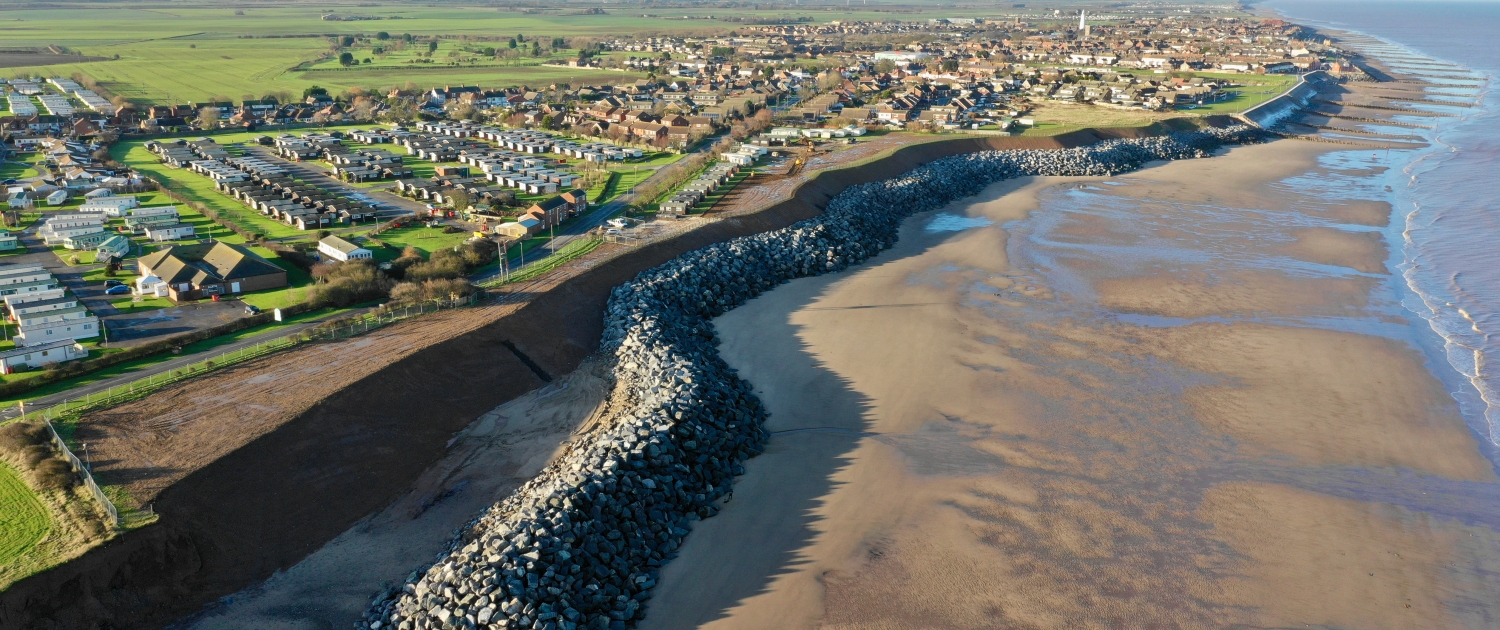Edexcel B The UK’s Evolving Physical Landscape
4.1 – Geology and Past Processes have influenced the physical landscape of the UK
4.2 – A number of physical and human processes work together to create distinct UK landscapes
Coastal Change and Conflict
4.3 Distinctive coastal landscapes are influenced by geology interacting with physical processes
A. How geological structure (concordant/discordant, joints and faults) and rock type (hard/soft rock) influence erosional landforms (headlands and bays, caves, arches, cliffs, stacks, wave cut platforms) in the formation of coastal landscapes of erosion.
B. How UK climate (seasonality, storm frequency, prevailing winds), marine (destructive waves) and sub-aerial processes (mass movement, weathering) are important in coastal landscapes of erosion as well as the rate of coastal retreat.
C. How sediment transportation (longshore drift) and deposition processes (constructive waves) influence coastal landforms (spits, beaches and bars) on coastal landscapes of deposition.
4.4 Distinctive coastal landscapes are modified by human activity interacting with physical processes
A. How human activities (development, agriculture, industry, coastal management) have direct or indirect effects on coastal landscapes.
B. How the interaction of physical and human processes is causing change on one named coastal landscapes including the significance of its location.
4.5 The interaction of human and physical processes present challenges along coastlines and there are a variety of management options
A. Why there are increasing risks from coastal flooding (consequences of climate change on marine erosion and deposition, including an increased frequency of storms and rising sea level) and the threats to people and environment.
B. Why there are costs and benefits to, and conflicting views about, managing coastal processes by hard engineering (groynes and sea walls) and by soft engineering (beach replenishment, slope stabilisation) as well as more sustainable approaches (‘do nothing’ and ‘strategic realignment’ linked to Integrated Coastal Zone Management).
River Processes and pressures
4.6 Distinctive river landscapes have different characteristics formed by interacting physical processes
A. How river landscapes contrast between the upper courses, mid-courses and lower courses of rivers and why channel shape (width, depth), valley profile, gradient, discharge, velocity and sediment size and shape change along the course of a named UK river.
B. The interaction of erosion (hydraulic action, abrasion, attrition and solution), transport (traction, saltation, suspension and solution) and depositional processes in river landform formation (meanders, interlocking spurs, waterfalls, flood plains, levees and oxbow lakes, deltas).
C. Influence of climate, geology and slope processes on river landscapes and sediment load and how storm hydrographs and lag-times can be explained by physical factors (geology, soil type, slope, drainage basin shape, antecedent conditions).
River landscapes are influenced by human activity interacting with physical processes
A. How human activities (urbanisation, land-use change, deforestation) change river landscapes which alter storm hydrographs.
B. How the interaction of physical and human processes is causing river flooding on one named river, including the significance of its location.
Some rivers are more prone to flood than others and there is a variety of river management options
A. Increasing risks from river flooding (increased frequency of storms and land-use change) and the threats to people and environment.
B. Costs and benefits of managing flood risk by hard engineering (flood walls, embankments, flood barriers) and by soft engineering (flood plain retention, river restoration).



